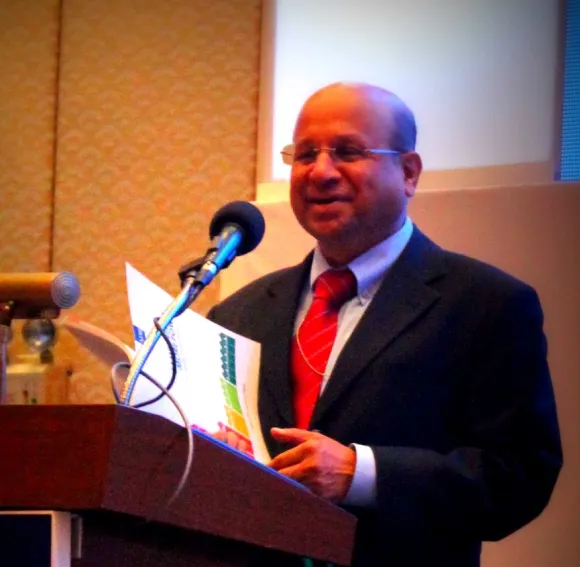
Asia bucks declining trend in global clean energy investments big time
It cannot afford to be complacent however, warns ADB.
Speaking at the 8th Asia Clean Energy Forum, Bindu Lohani, Vice President (Knowledge Management and Sustainable Development) Asian Development Bank said that economic constraints have challenged the advancement of clean energy in many parts of the world. Global investment in clean energy dropped from $302 billion in 2011 to $269 billion in 2012 – a decrease of 11%. This has translated to reductions in planned solar and wind projects in Europe and North America.
By contrast, clean energy investments in Asia and the Pacific have grown in each of the last 9 years. For the first time, Asia has emerged as the leading destination for clean energy investment. In 2012, the region’s investment reached $101 billion, representing 42% of the worldwide total for clean energy investments.
The People’s Republic of China (PRC) led clean energy finance last year, with investments totaling $65.1 billion – 20% higher than in 2011. This figure represented 30% of the total $218 billion invested in clean energy in the G-20 member countries. PRC also set a record for the highest investment in solar energy, capturing 25% (or $31.2 billion) of global investment in the sector.
Lohani however cautions that while Asia’s investment in clean energy is showing an impressive trajectory it cannot be complacent. The region, he said continues to face formidable challenges, both in providing affordable access to clean energy, and in meeting burgeoning energy demand.
“Almost 50% of the world’s population without electricity lives in Asia. By 2035, Asia’s energy consumption is projected to double in the face of continued rapid economic growth. Even under an optimistic baseline scenario, most Asian countries will produce less than half the energy they need, and many will produce only a tiny fraction,” he said.
The good and hopeful news though he said is that national action for clean energy in Asia increasingly reflects urgency for change, even in the face of challenges.
Lohani cited Indonesia, home to an estimated 40% of globally known geothermal energy resources as an example. By 2025, Indonesia, he said aims for 9.5 GW of geothermal capacity from today’s 1.2 GW, representing an 692% increase.
Lohani also mentioned India’s installed 1 gigawatt (GW) of new solar generating capacity in the past year. Looking ahead, India, he said aims for 30 GW of new clean power from 2012 to 2017, to include 15 GW of wind power and 10 GW of solar. This represents 98% increase in clean energy generation from 2012.
In its 12th Five-Year Plan (2011-2015), PRC also has set intermediate targets to increase the share of non-fossil fuel energy to 11.4% and decrease carbon intensity by 17% by 2015, compared to 2010, he said. By 2020, PRC has set its targets to attaining 200 GW of wind, 30 GW of biomass and waste-to-energy, and 50 GW of solar power, he added.













 Advertise
Advertise











